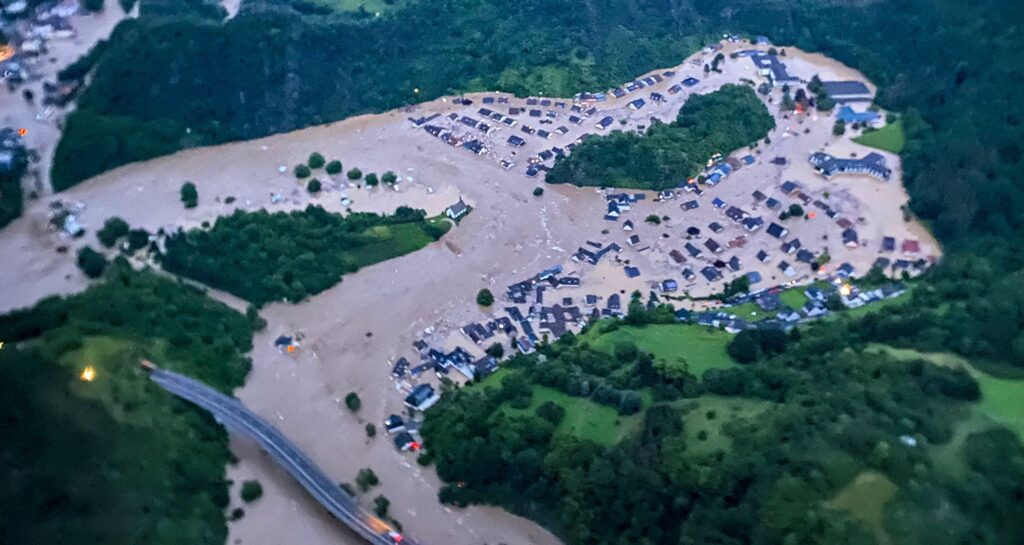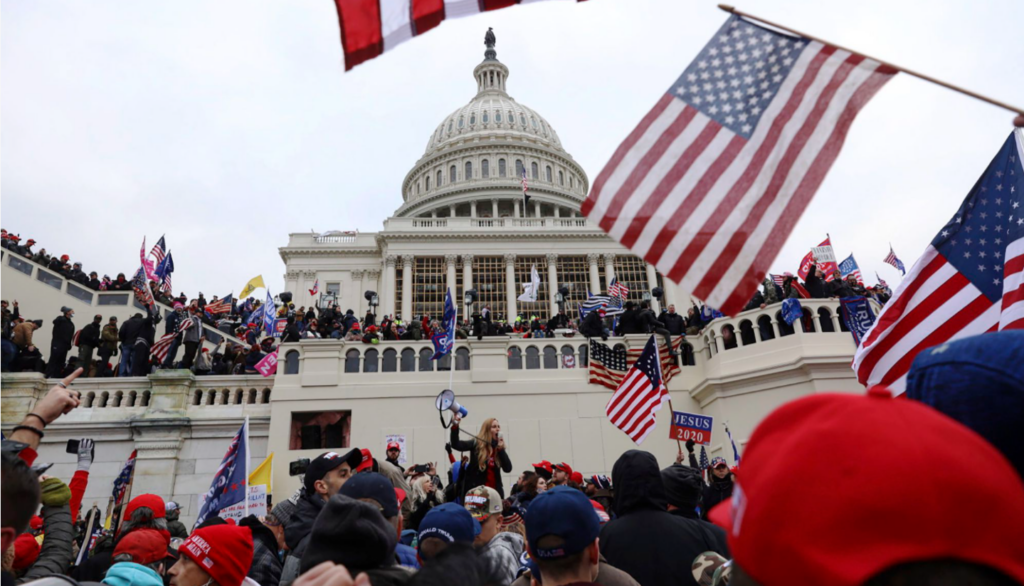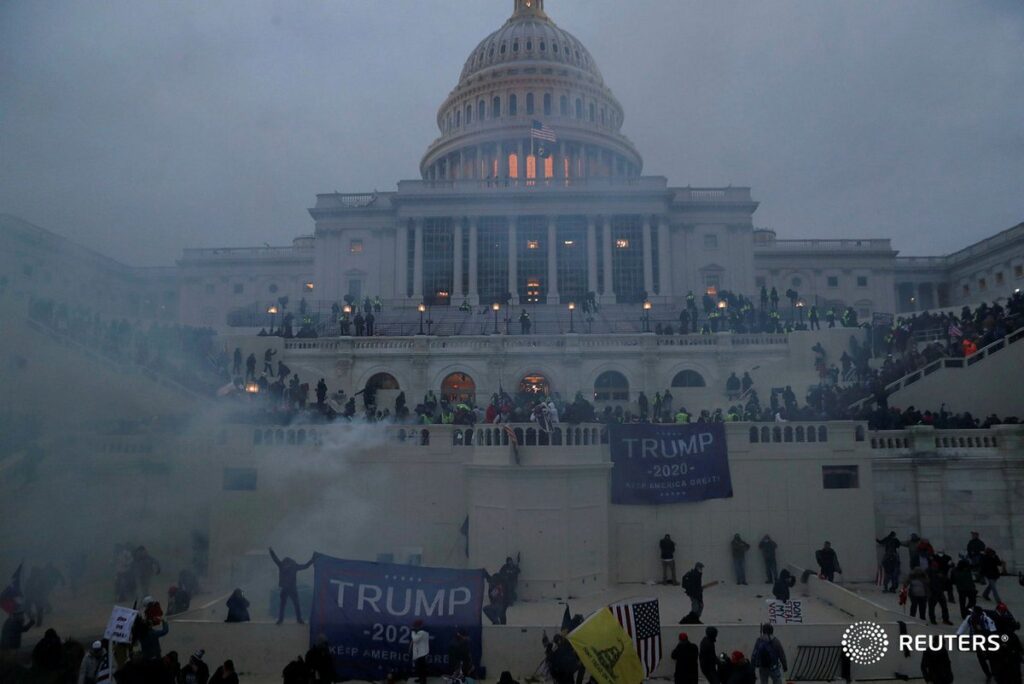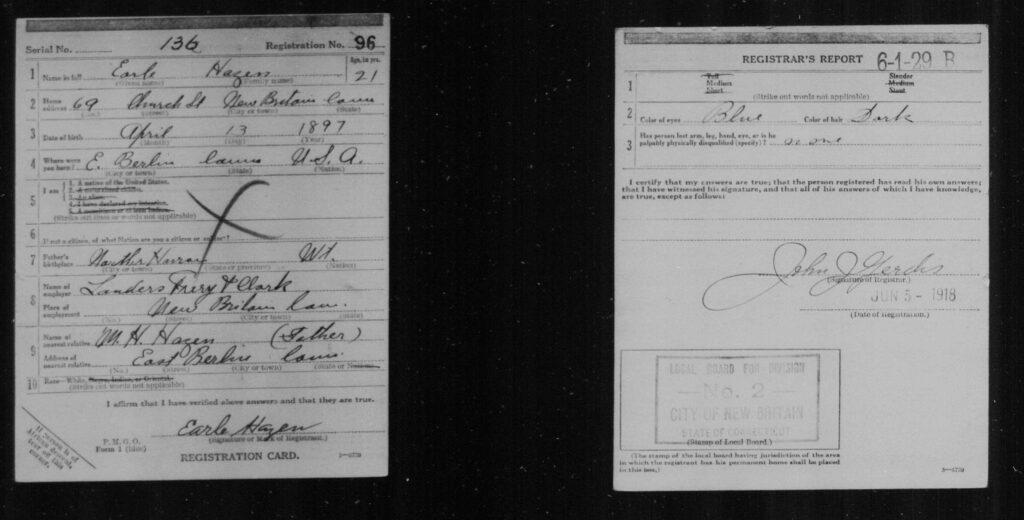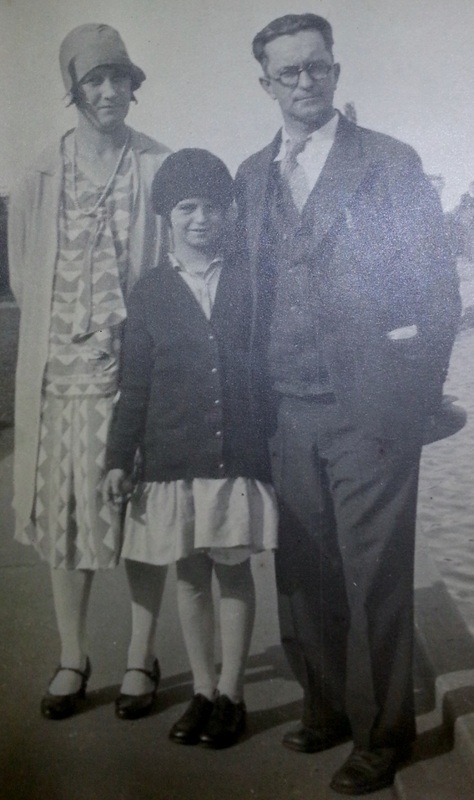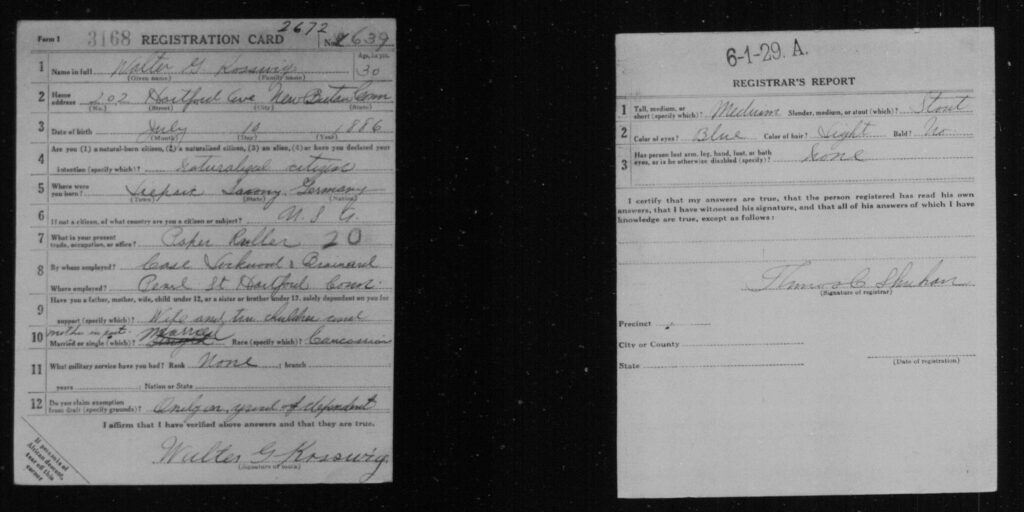(2200 words)
Easter 2023 was a good experience, but it unexpectedly came with a hundred or more Mormons.
The Mormons were there by invitation of the Lutheran pastor. He invited members of other churches for an early-morning gathering outdoors. None took up the offer, except the Mormons. They took full advantage and sent well over a hundred of their number to the gathering. The Lutheran hosts had a small showing from their own church, whose main is service is 10am. We were far outnumbered by the Mormons. The gathering went well in an objective sense, and the church hadn’t seen such a crowd in a long while.
I noted that the Mormons read Bible verses with wordings I had not heard before. The Mormons said the word Amen like “Ey-men” while the Lutherans said “Ah-men.” Not one of the Mormons showed up dressed less than as for a job interview. They had a choir that sings very well.
The Mormons who were sent were almost all in their twenties and thirties with a few older male leaders. I guess there are no female pastor-equivalents in the Mormon church. The Mormons divide people into congregations based on age and marital-status. It does seem it was young-single and young-married congregations who were sent to this gathering, as it is those congregations that are in the immediate area. I am told that when a young-single congregation member marries, he or she is mandatorily transferred to a different congregation. Whenever one learns anything about the Mormons, such as the method of sorting people into congregations and limiting the member’s own choice in the latter, one tends to sense something “off” about the whole thing. On the other hand, I think non-Christians feel the same thing about encounters with any Christians.
Nothing specifically bad happened at this early-morning Easter gathering. One could even say much ‘good’ happened. While lots of people seem to love to point out that Mormons are “nice people,” the whole thing left me with a vaguely uncomfortable or dejected feeling.
The experience itself was the opposite of dejecting, for it is a rare person indeed who can feel dejected when such a large crowd of enthusiastic people is around and in the generally-positive spirits that Easter always brings (that even for those with no Christian connection at all who do “Easter egg hunts,” such as the big one that happened at the White House today, drawing thousands of children to the South Lawn). The dejection comes from the thinking about the thing.
The Lutheran pastor, who is new (this is his first Easter), made a point to say: “This is not an inter-faith gathering, this is an intra-faith gathering.” What he said was a highbrow of saying: “I declare that Mormons are Christians.” The polite Mormon elder thanked him for signaling that he, the pastor of a traditional Christian congregation, is willing to say that Mormons are Christians. The subtext of these few words is thick and generations deep. Few if any in the 19th or 20th centuries would have said such a thing.
Mormonism is not traditional trinitarian Christianity. Traditional Christian denominations have never considered Mormons to be Christians, unless the label “Christian” is extended so wide such that Jehovah’s Witnesses are also in, along with “Moonies” and other such groups. And to take another few steps in that direction, what’s the big deal against Islam? They also think highly of Jesus, right? There are all kinds of connections there, why not join up with them?
Our traditional view is that the Mormon doctrines make them a separate religion, and in certain historical periods a menacing one, which had undermined social norms, treated the majority as hostile, and in other ways used the strategy of a small or diasporic group to get ahead. They are “nice people,” but aren’t we also nice? Or at least used to be. White-Protestant Middle America types were once considered much like the Mormons are today, but generally without the negatives and clannishness.
_______________
The Mormon religion has assuredly drawn from the strength and prestige of the Christian religion, and asserts a place for Jesus. But, then, some brands of Christian-influenced Hinduism also reverse Jesus (so it is said). Our traditional view is that the Mormon movement in the mid-19th century left behind traditional Christianity and created a new religion in the desert, one alternately considered a serious threat or too small and eccentric to really be a serious threat.
From accounts I’ve read of overland emigrants from the U.S. East to Oregon and California, many or most of whom passed right through Mormon strongholds, the whole Mormon religion in its early years was depicted in deeply unflattering terms, with regular scenes of Mormon males propositioning westward-bound emigrant women to abandon their party and become third or fourth wives to his (Mormon male’s) growing harem; get on the winning team! They did often successfully coax such women; one doesn’t need to land ‘hits’ at any high percentage to eventually wind up with large female-to-male ratios. Such a social movement was, needless to say, an outrage to Protestant America as it was a potentially destabilizing force. If they had attempted the movement in the fully settled U.S. East and had no desert refugium to go to, they’d simply have been crushed.
Last year I read the published diary of an early-1850s emigrant woman a young bride and mother in her twenties. She recorded little observations along the way, except a gap when she lost her pencil and could not get a replacement on the trail for x weeks. This woman wrote of how glad she was to get past the Mormon area on the trail, after an unexpected stay in Salt Lake City of several months (many emigrants altered plans to winter at Salt Lake City, or work for wages a season there to continue financing the emigration or as advance-members of their group continued to California to send word when all was ready). Her diary entries were peppered with anti-Mormon comments throughout that period. They ran an oppressive, theocratic spy-state and cheated or persecuted outsiders (whom they called “gentiles”), she said. But when the diarist’s party did leave Salt Lake City, she recorded that her mother-in-law had herself become a Mormon and refused to leave with the party, so they left her in Salt Lake City.
When the Methodist movement was sweeping America in the late 1700s and continuing throughout much of the 1800s, it also met resistance and resentment. The difference was the Methodists were traditional Christians and did not run a parallel-society like the Mormons did.
_________________
One cannot easily deny that the Mormons present an image that seems wholesome, functional, and productive — much like our entire society used to be. It’s very possible that their current domestic strategy is to target disgruntled or demoralized Christians and in coming years try to take over traditional churches. It’s not a process that would happen in one year or ten. That I see pairs of them with suits and nametags and books in hand around here suggests they are serious about domestic evangelism.
I think my uneasiness is that celebrating the most important of the Christian holidays, Easter, with Mormons is because it is a step in the direction of abandonment of our churches. I can foresee it all happening in part because it is hardly prophecy but more extension of what has already happened, the trajectory of the churches I’ve observed in my lifetime, in the 1990s, 2000s, 2010s, and some of the 2020s.
On the bad-so-far “2020s” decade, I wonder how the Mormons dealt with Lockdownism… Most of the traditional churches embraced it, some with great passion, the social-panic and new Virus-centered defacto social religion taking the place of any nominal religion. I was virtually alone in urging against it and although my arguments were sound none were willing to listen. One of the local churches, I understand, never re-opened after embracing Lockdownism in 2020.
_______________
At some point in the 2010s, I remember it hitting me that most of our churches today are really “unitarian-universalist,”regardless of what they call themselves or what they would assert about themselves if queried. I notice the change in all kinds of little ways but that the church now says “All are welcome to receive communion,” with not even the mildest of references that some kind of standard is in places, something like “all Christians” or some basic statement of faith. It’s all people. This is an overt non-standard that seems a sign of lack of self-confidence.
If a decline process can’t be reversed, one might predict a consolidation of churches. Some observes would think it a surprise this hasn’t happened yet. For me, the large number of Christian churches persist because the church-affiliation-driving individuals in a family have attachments to different specific Christian traditions that are meaningful to them above-and-beyond the practical matters of running churches. Often it’s family-ancestry and/or personal upbringing. Sometimes those things are modified by formative experiences. These religious-associations or identities have historically been so important that any proposed working definition of “ethnicity” that excludes church-affiliation entirely cannot be said to be worth much.
Ethnicity is an important but fluid concept over time and space, and one useful way to “track” ethnicity tends to be church-affiliation. These things have meant a lot to people and they still have meaning to people today, even “young” people. One such person I think of often is E. S. of Australia, who I may never see again and who I am sure is not reading this. She was from a German-Lutheran family with many generations in Australia. She signaled that the Lutheran church or the identity was important to her. While there are many other positives to E. S., a church-identity is a good sign, a rock upon which something can be built; historically, it was so. It was as if E. S. (born about 1989) were catapulted into the 2010s (which is when I knew her all-too-briefly) from another era, an era when life had more meaning and we could be proud of who we were. That she felt adrift is no sin, for the West of this late date doesn’t seem to be made for people like us. I felt an affinity for E. S. that was probably not reciprocal.
One of the great early Protestant missionaries to Korea, Appenzeller, was from an old Dutch Reformed family in Pennsylvania, and respected the tradition, but at age eighteen or nineteen in the 1870s he had a religious experience with in company with some Methodists and within a few years entered a Methodist seminary, and is forever known as the pioneer Methodist in Korea. It is said he personally always had great sympathy for Calvinists (which his own family was back in Pennsylvania), including his Presbyterian rivals on the ground in Korea.
The Protestant churches are the rock upon which the leading elements of Western Civilization, as we’ve known it for five centuries, has existed and progressed. The churches were definitely the basis of the United States. Observing their decline leaves me sad and dejected, that weak feeling in the “pit of the stomach” you hear people talk about when you feel unconfident about something and it’s bothering you.
_______________
I have heard people bash the churches plenty, often in the same sort of the same way I’m doing but usually in a less-informed way. One friend, G. S., in younger years loved to bash the churches and say they were a source of our discontent. G. S., too, coincidentally, was from a Lutheran family of long roots in Pennsylvania, continuing some themes of this essay. G. S. was difficult to talk to at times because he tended against yielding points or compromise, and when I talked to him about the churches he would reveal that he didn’t know much about them. He was not a church-attender after childhood. He didn’t even know if his childhood church was ELCA or LCMS or other. He had never heard these terms, as I remember. (Having visited G. S.’s parents on several occasions, I feel confident they’d be ELCA.) He still felt confident in saying the churches were a root-cause of our problems. I viewed that as immature, and ten or twelve years later maybe he has moved on from that view.
The networks of ideologues that seem to be present in the upper leadership of the churches are really social-justice activists, and if one only looks or hears from them, it does seem very off-putting to a typical young male. For the kind of person who seems to end up in leadership of these church-bodies (denominations), the “church organization” is really a left-wing NGO. Their output is not distinguishable from secular NGO’s.
There are many positives about the churches, even though I cannot deny that the overall picture leaves me tending towards pessimism. The rank-and-filers in churches, ordinary members and attenders, are seldom like the ideologues in the central-organization leadership. People attach themselves to churches for specific reasons and those church-communities become part of their civic-life. It’s generally a positive to be more socially engaged in such things than not.
My ambivalence for the church I am most familiar with is sometimes reinforced by single observations. An affirmative-action policy was in place (mandated by the ideologues up top) by which any nonwhite person and persons whose mother-language is not English is given favoritism. Of course it’s to “increase Diversity.” That is how every institution seems to work in the USA, which leaves so many of us pessimistic, observing the clear signal that we are not wanted. I have tried suggesting in a roundabout way that a church should be about empowering its own members. “Inreach” is as important as “outreach.” People are inspired to great things by feeling part of something. The Mormons, as best I can tell, very much do do that.
________________
Easter: the greatest of the Christian holidays, the culmination of a week of important days in the Christian calendar. To explain the themes of the holiday without the doctrines, the idea of “rebirth” may suffice. The calendrically synchronous tie-in with spring is also obvious. The tradition of wearing light-colored clothing on Easter also signals spring.
In some sense, Easter is the approximate starting point of the best of the social calendar of the year in northern-hemisphere temperate areas, with months of relatively long days and good weather ahead. It is hard to be truly pessimistic at this time of year. This specific experience of Easter 2023 was a mix of the positive and negative.


